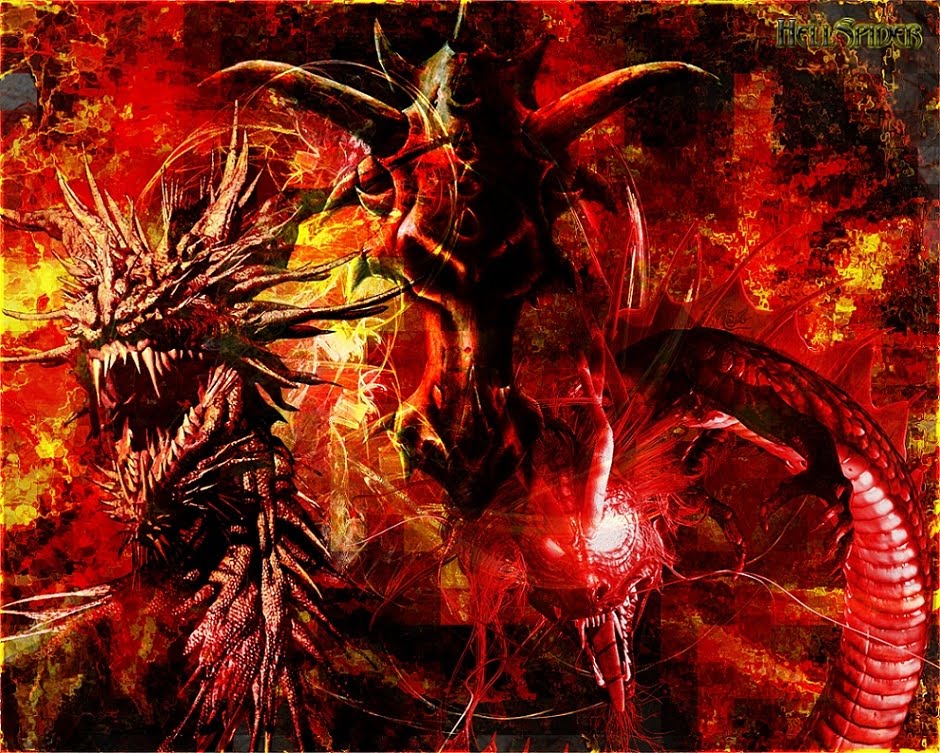Throughout nearly all regions of Asia, the Oriental Dragon remains a powerful and dynamic symbol to millions of people. They are the most ancient symbol of eastern civilizations. The symbol of the dragon can have many different meanings because of the power of this popular emblem. They reign superior in Oriental artwork. The dragon is considered supreme in spiritual power. They are greatly coveted for all these reasons. Plus, people of all nationalities tend to like them!
The Chinese Dragon (or “lung”) was believed to be a divine bearer of rain. This was necessary for the good of all the people. In fact, it is often said that some of the worst known floods were caused when a mortal offended a dragon. So it is no surprise that throughout the history of China this creature has been identified with the weather.
They reside in water very often. These creatures are believed to portray both celestial and terrestrial power including wisdom, and ability. The Chinese Imperial symbol is the five clawed dragon, but the more common creature has only four claws. Of interest is the fact that the Japanese dragon has three claws. The traditional dragon in most Chinese New Year’s Day parades is thought to cast away evil spirits that might want to ruin the New Year. They can also bring wealth and good luck as well as use their magic to help people in trouble.
The dragon is also a symbol of the Chinese emperor. Many legends have made connections between the dragon and the emperor. Chinese mythical dragons could enlarge themselves to the size of the universe… or they could appear as small as a mere silkworm. For this reason, the creature was often seen as a very unpredictable creature which should not be made upset. The emperor’s wisdom and divine power assured the welfare of the people he ruled over. It might be of interest to note that some of the emperors even claimed to have a dragon as their ancestor!
As a matter of myth, once these creatures reach an appropriate age they grow wings. Chinese tradition has identified nine types of named dragons. The first type is Yinglong the Winged Dragon. This creature is a powerful servant of Huang Di, the Yellow Emperor. It is noteworthy that Yinglong is the oldest of all eastern dragons known throughout Asia. The emperor himself was later immortalized as a dragon. The legend tells us that Yinglong assisted a man by the name of Yu. The creature was successful in digging long channels off the river with his tail. This was done to prevent the Yellow river from flooding. The second type is Dragon King. Dragon Kings generally appear in their true forms. However, they also have the ability to “shape shift” into the form of human beings. This creature consists of four different dragons. Each creature rules over one of the four seas: the east, the south, the west, and the north. The Dragon Kings live in crystal palaces which are guarded carefully by shrimp soldiers and crab generals.
Shenlong the Spiritual Dragon creates wind and rain for the benefit of all people. According to some stories, earth dragon is the female counterpart of Shenlong. This creature’s task is to preside over rivers and streams. Dilong the Underground Dragon is an “earth dragon.” They fly in order to mate. Tianlong is the Celestial Dragon. This one is also called “heaven dragon.” He guards the gods heavenly palaces. Tianlong also pulls the chariots of the gods.
Fucanglong the Dragon of Hidden Treasures was another special creature. One myth says that volcanoes are made when this kind of creature breaks out of the ground to return to heaven. This dragon is part of the Chinese underworld of similar creatures which are supposed to guard buried treasures. These treasures could be natural or man-made. There is also Panlong the Coiling Dragon. He is believed to abide, for the most part, in the lakes of the Orient. This one is considered a “water dragon.” Huanglong is the “yellow dragon.” It is said that this creature once came out from the water and appeared before the great Emperor Fu Shi. The dragon then presented the emperor with the basic tools of writing. Finally, there is Li the “homeless dragon.” Sometimes he inhabits marshes or keeps a den in the mountains but he lives in the ocean.
“When a defining moment comes along, you can do one of two things. Define the moment or let the moment define you.”






No comments:
Post a Comment